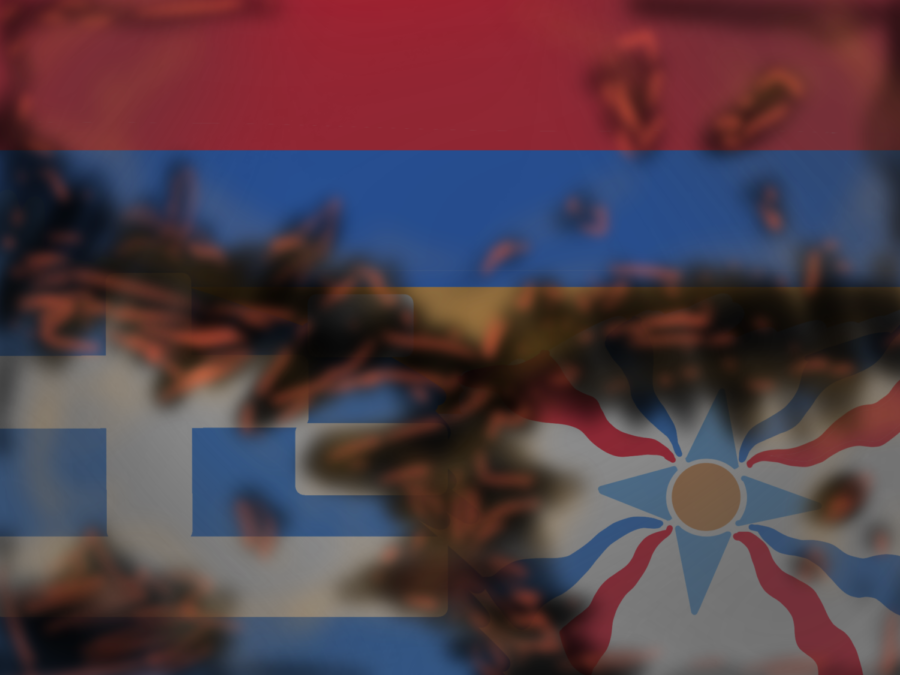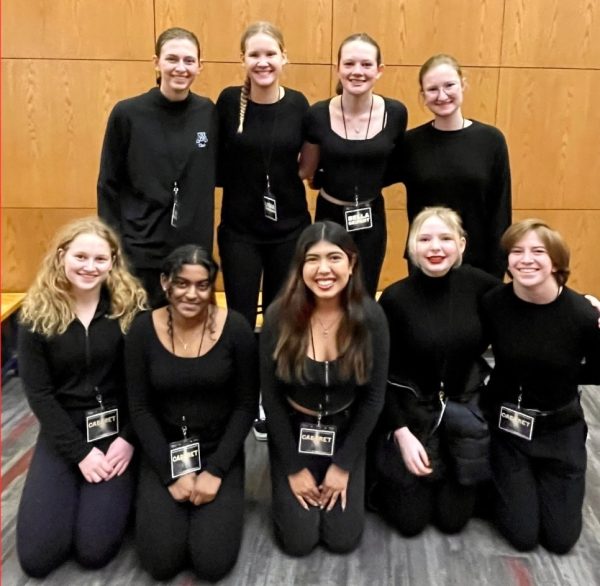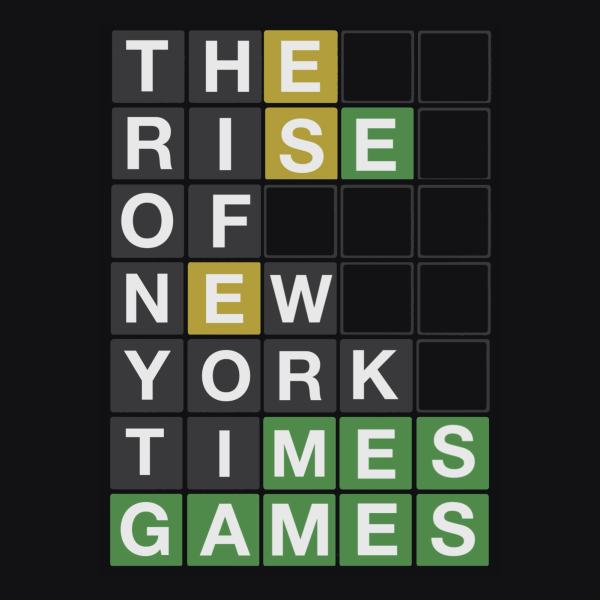Remembering the Victims and Destruction of the Armenian Genocide
November 22, 2019
1915 was a year of sadness, pain, and destruction for the Republic of Armenia. During the first World War, the Ottoman Empire became decreasingly tolerant of the ethnic Armenians in their conquered territory. As the Ottoman Empire kept failing in their efforts in World War I, they began blaming their problems on the Armenian minority. By 1915, the government was capturing, deporting, and murdering the Armenian Christians who lived in the easternmost part of the empire.
The History of the Armenian Genocide
The Armenian Genocide is a collective term that encompasses the Armenian Genocide, the Greek Genocide, and the Assyrian Genocide. All three genocides occurred during World War I, and all three ethnic groups were Christian minorities of the Muslim-majority Ottoman empire. Estimates of total casualties from all three genocides include 1,500,000 Armenians, 750,000 Greeks and 250,000 Assyrians. Although the Armenians, Greeks and Assyrians are of different Christian denominations and ethnicities, they are united through their common Eastern Christian heritage, as well as through their genocides, committed by the Ottoman Empire.
Impacts of the Genocide and The New Republic of Armenia
After the Genocide and War ended, the Ottoman Empire reduced and became Turkey; Armenia was soon conquered by the Soviet Union. Despite having their “own” land returned, the Armenian people were subjugated by their conquerors, which included suppression of all religion. Even after the fall of the Soviet Union, Armenia had been reduced to a small landlocked country in the caucuses. In its present condition, Armenia is surrounded by enemies.
Luckily, not all Armenians were massacred in the Genocide, but the impacts of the Genocide and World War I are still present today. Armenians were forced to flee their homeland in search of a better and safer life. The Armenian diaspora is numerous among European countries, the United States, Canada, and even Australia. There are currently more Armenians who live outside of Armenia than inside their homeland. The pomegranate, a native fruit to Armenia, is an important Armenian symbol because the whole fruit (Armenia) remains united, but all of their people (the seeds) are situated all over the world.
Christianity has always played a major role in Armenia’s history, and, as such, the churches around the world are important to the ethnic Armenians who live there.
Father Tadeos Barseghyan, the priest of Saint Sahag Armenian Orthodox Church in St. Paul said that “the [Armenian] churches around the world are little parts of Armenia that connect our members back to our homeland.”
Comparison to The Holocaust
There are a few key similarities and differences that set the Armenian-Greek-Assyrian genocide apart from the Holocaust.
Namely, the key similarities between the Armenian Genocide and the Holocaust are how their respective genocides began. Both the Armenian and Jewish people were religious and ethnic minorities living in a large empire. Additionally, both ethnic groups were scapegoats of failures within wars, and both were victims of ethnocentrism.
Nevertheless, there are some key differences between the Armenian Genocide and The Holocaust. The large difference between the Armenian Genocide and the Holocaust is that the Armenian genocide is not acknowledged worldwide, nor is it treated as seriously. The Holocaust, on the other hand, is accepted worldwide.
Another key difference between The Holocaust and the Armenian Genocide is how Germany and Turkey treat their respective offenses. The guilt of the Holocaust is still heavy on Germany’s government today. Germany consistently makes amends and seeks to fix its past mistakes. Turkey, on the other hand, simultaneously claims that the Armenian Genocide did not occur and that the Armenian people deserved the destruction they received. This conflict of ideology clearly does not bode well with modern-day Armenia or the rest of the Western world.
Awareness About the Armenian Genocide
In the past couple of years and months, there has been more coverage and awareness of the Armenian Genocide. On the broadest scale, the Armenian Orthodox church canonized all 1,500,000+ martyrs of the Armenian Genocide as saints in their church.
Locally, in Minnesota, Saint Sahag Armenian Church has built up more education opportunities. In 2015, Saint Sahag Armenian Church in St. Paul had a special service dedicated to the 100-year anniversary of the beginning of the genocide.
Additionally, St. Sahag holds a festival every September to open its community to their neighborhood. The most recent development by the Saint Sahag community is the creation of Treasures of Memory and Hope. This traveling exhibit features many different genocide-related stories of family members who now attend Saint Sahag in St. Paul. Treasures of Memory and Hope is now on display at The Basilica of St. Mary in Minneapolis, Minnesota until November 24th. The narratives from the exhibition and other information can be found online at memoryandhope.org.
U.S. Representative Ilhan Omar Controversy
It is important to acknowledge the recent United States Representative Ilhan Omar controversy regarding the Armenian Genocide. On October 29th 2019, the United States House of Representatives passed a law that officially recognizes the Armenian Genocide. With an astounding 405 out of 435 votes in favor of recognizing the Armenian Genocide, this decision united both Democrats and Republicans in a historic vote.
Nevertheless, Representative Ilhan Omar, who represents Minnesota’s fifth district, decided to vote “present” for the bill. Her vote has caused major controversy throughout Minnesota because her campaign is built upon supporting minorities, yet she denied supporting the Armenians. Due to tensions between the United States and Turkey, Omar claims that the context was incorrect for acknowledging the genocide, and that all forms injustice should consistently be acknowledged. Omar is at least correct in the fact that all forms of injustice should be acknowledged, but it does not add up why she did not vote in favor of the Armenian Genocide regonition. Without amends and recognition, the Armenian Genocide continues into the present day.
All in all, the Armenian Genocide remains one of the bloodiest and destructive events of the modern world. The Genocide nearly destroyed an ancient and honorable ethnic group that has perservered many troubles. Despite many attacks, Armenia still remains as a beacon of hope and peace in the Middle East. Living conditions have improved since the liquidation of the Soviet Union, and Armenia is regaining strength after centuries of abuse. Recognition of the genocide is still wavering, but at least through this article, progress can be made locally in Minnetonka.


























